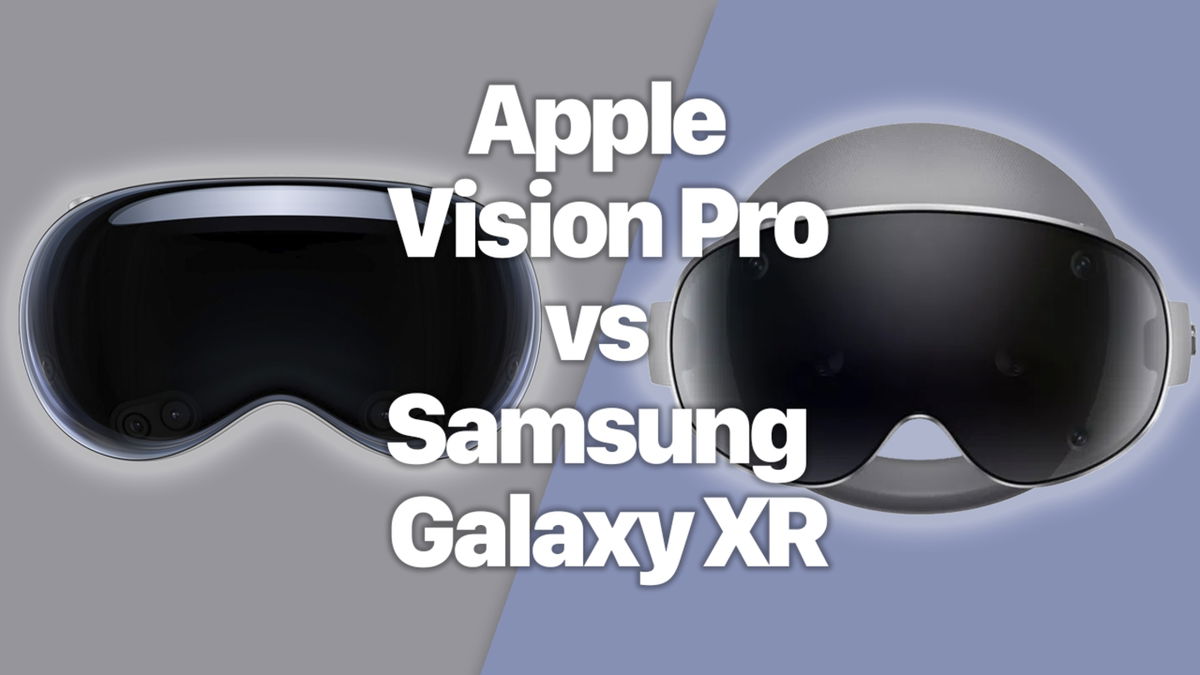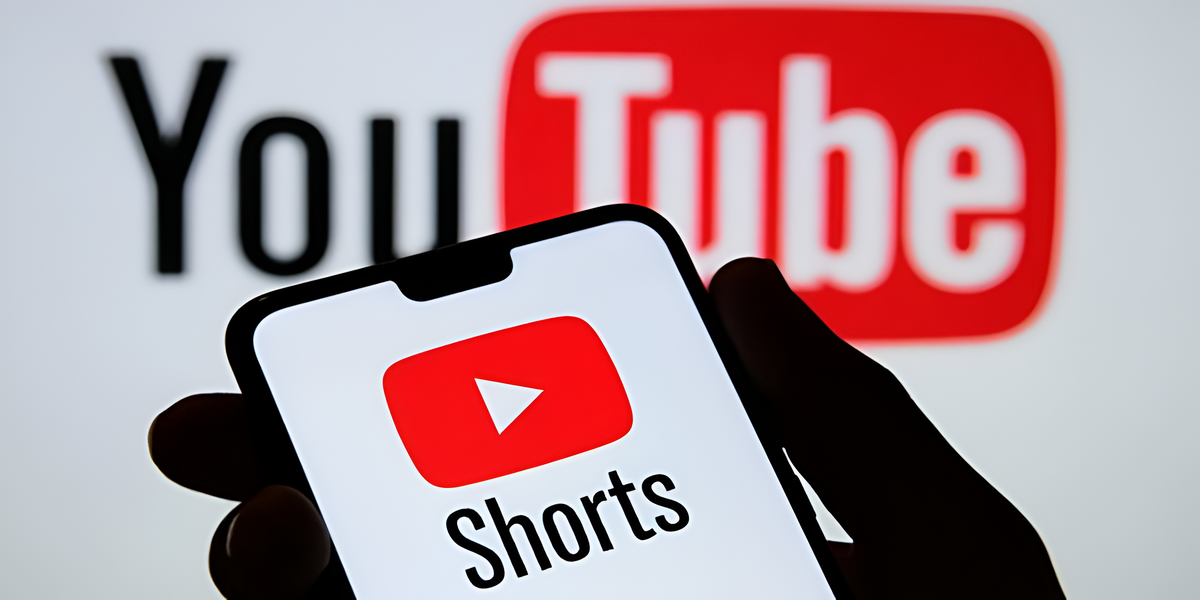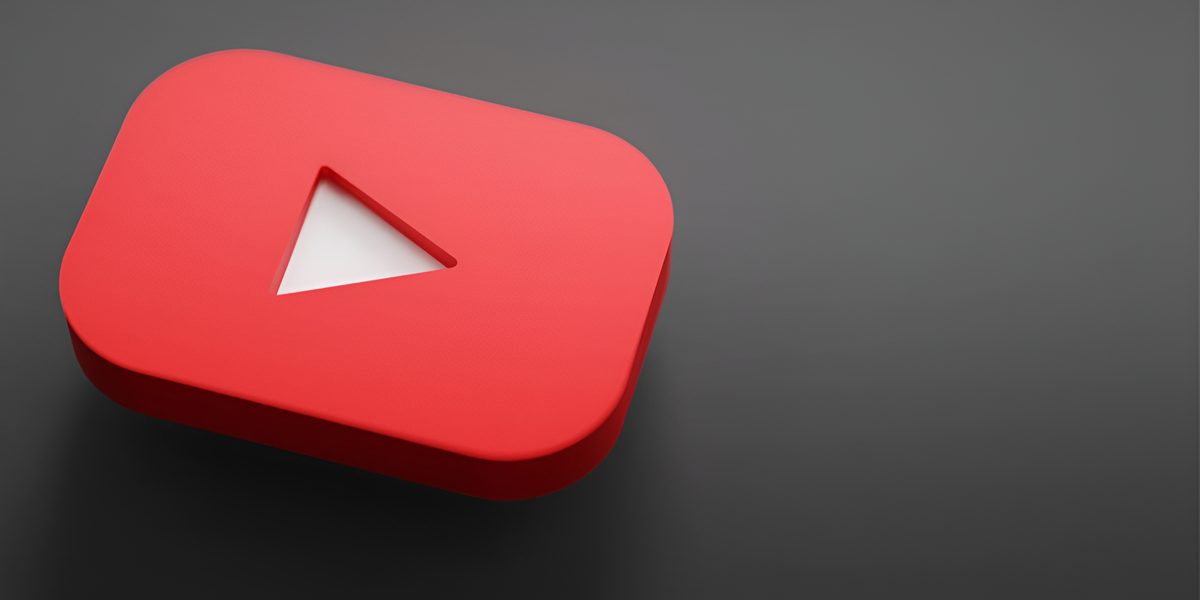Smart TVs are a good option, whether you’re looking to buy a TV because the TV in your home broke down or just to renew it. But before you get bogged down in technology and prices, take a good look at what kind of equipment you want for your home.
And with the various offerings on offer, it is almost certain that one can get caught up in the excitement of the moment; however, you should consider some important points before making a purchasing decision so that you do not regret your new purchase later. Here are a buying guide and 10 things to consider before paying for a smart TV, so be very careful.
(
The size of the screen is a point to consider as it will depend on where it will be located, how many people will see it, and the distance they will be in front of it. There is a general rule of thumb for this last point: sit at three times the screen height for HD and twice the screen height for 4K Ultra HD. Thus, a typical living room should have a 55- to 65-inch smart TV, although in other areas of your home a smaller size may be better depending on the need.
The resolution of a television screen is defined by the number of pixels that make up the image; the more there are, the sharper the images will be and everything will be considered in more detail. The current resolution standard number is 1,920×1,080, more commonly known as Full HD, but as technology advances, Ultra HD or 4K now exists with four times as many pixels as HD displays so small objects can now be seen more clearly. There are already services that offer their broadcasts on such content. Even the highest definition 8K TVs are currently on offer, but you should know that there isn’t a lot of content at this resolution, so don’t despair of owning it.
(
There are technologies that improve smart TV, but you need to know how they differ in order to choose the one that works best for you:
caused. It uses light-emitting diodes (LEDs) to illuminate the LCD screen. A filter causes light to pass through certain parts and fade at other points to create a mix of areas in a scene. While LED and LCD smart TVs have bright screens and picture quality is constantly improving with full array backlighting, they can become smudged when you move fast and lose some shadow detail because their pixels are not completely black.
QLED. Its operation is similar to that of an LED display, with a layer of light behind it that always illuminates the screen, but with one important difference: the presence of a layer of quantum dots that performs the color filter. What this technology provides is to have higher color accuracy of the image. Although QLED TVs can’t reproduce completely black either, such displays provide better contrast than LED.
OLED. It uses a layer of organic LEDs controlled at the pixel level to achieve absolute contrast and black levels. It has lower peak brightness than some LCD TVs while showing an image better from different angles, deep colors and shadow details.
To buy a television, you should consider the refresh rate of the screen, expressed in hertz (Hz). This describes how many times per second an image is updated on the screen. If your scenes have fast moving objects, the 60 Hz refresh rate can cause blurry images, so 120 Hz or even 240 Hz would be the best choice. Ideal for the World Cup? Of course! There are models with HFR (‘high frame rate’) support which leads to a more optimal refresh rate above 60Hz which is good for live sports.
(We recommend: Tech kit for World Cup experience)
Note the number of HDMI inputs on the TV; some manufacturers offer less in the back. Ideally, there would be 4 HDMI ports, and if possible, opt for the newer HDMI 2.1 format. Note that if you need multiple peripherals, you will need multiple ports. Also, many computers only have one port that supports 4K copy protection scheme (HDCP 2.2-High-bandwidth Digital Content Protection), so if you want a 4K Ultra HD smart TV, make sure your ports support HDMI 2.0 to connect to future Ultra . HD resources.
Many people use the TV not only to watch what they want, but also to play games. If so, remember that the input lag or ‘input lag’—the time from performing an action with the control until it is reflected on the television screen—must be low; Less than 20 milliseconds. The best OLED panels are better than LCDs in this area. Also note that for its speed you must have the HDMI 2.1 standard. And don’t forget about VRR (variable refresh rate), which offers smoother images in sync with those of the console. Another point to consider is that the refresh rate should be at least 60 Hz, preferably 120 Hz.
(You can also read: FIFA 23: Updates on Qatar 2022 mode and women’s clubs)
The sound is not very good as the TV screens are getting thinner every day. So consider 2 options: buy a soundbar or buy a surround sound system, but installing the latter can be difficult.. Soundbars greatly enhance the audio experience and are convenient in that they can fit on a stand or be mounted on a wall. So, pay attention to the HDMI ports to have your guaranteed connection. Today’s televisions have at least one HDMI port with Audio Return Channel (ARC) capability that allows input and output.
Do not trust what you see in the store, because you will find many televisions side by side in stores and shops, and you will not notice the clarity well, as they reproduce content from the same brand. A practical thing is to take a USB with a recording you know very well and play it; there you can tell the difference and verify everything the vendors offer.
(Keep reading: Tips for cleaning your smart TV)
Although the latest models offer more and more advanced technology, their prices are not very affordable for everyone. So don’t despair if the money isn’t enough to buy the newest one. So if you buy a high-end TV this year that came out two years ago, there’s a good chance it will outperform the latest mid-range models at the panel and technology level.
Your investment must be complete; so you should realize that your television has a good backup and a good update service. This is very important so that the money you pay does not ‘evaporate’ so quickly. For example, a device with 8K resolution is an investment in the future.
EL COMERCIO (Peru) – SEE
Source: Exame













